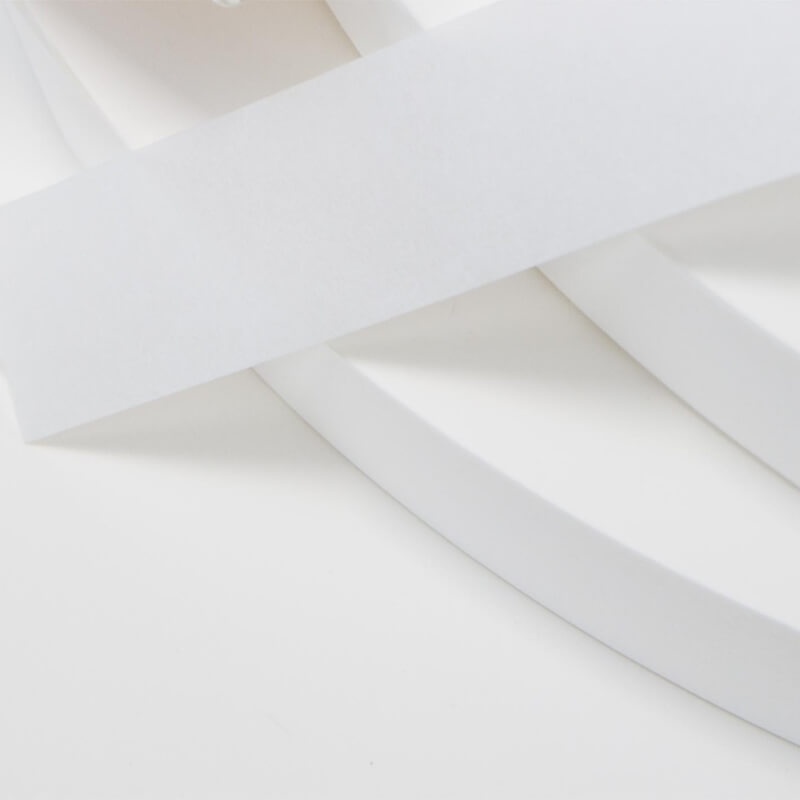Anti-penetration product (bursting bead)
Cigarette White Tipping Base Paper is a clean, unprinted base material used for producing white tipping paper, offering a minimalist and modern appearance. Unlike cork or high gloss variants, it provides a neutral background that supports a wide range of printing and branding options. With excellent opacity, smooth texture, and stable performance on high-speed machines, it’s ideal for both standard and customized tipping designs requiring clarity and precision.
Product Feature:
It meets the national tobacco standards, is environmentally friendly and biodegradable, and has high oil resistance.
Product Application:
Cigarette filter pack
Application Scenario
Product Details
Why Cigarette White Tipping Base Paper?
First, for cigarette brands & factories, choosing white tipping base paper is a deliberate decision to convey a sense of modernity, simplicity, and premium quality. In a category long dominated by buff-yellow papers, a pristine white surface creates a striking contrast against colorful pack artwork and intricate security inks, elevating the perceived value of the cigarette. Brands seeking to differentiate themselves—whether through minimalist luxury or avant-garde styling—leverage white tipping as a visual cue that their product transcends the traditional and appeals to design-savvy consumers who equate cleanliness and crispness with sophistication.
Next, white tipping carries connotations of lightness and purity that resonate on a subconscious level. Smokers often associate the bright white aesthetic with a milder, smoother draw, regardless of the actual tar and nicotine levels, making it especially attractive for “light” or “slim” cigarette lines. This perception is amplified in female-oriented or lifestyle-driven SKUs, where a slender, all-white cigarette silhouette reinforces notions of elegance and discretion. By aligning visual cues with desirable sensory expectations, white tipping subtly shapes purchasing decisions without changing the underlying tobacco blend.
What does "Anti-penetration" Mean in this Product?
“Anti-penetration” in the context of tipping base paper describes an engineered barrier that stops liquids—whether inks, adhesives, oils, or moisture from the tobacco rod—from seeping through the paper substrate. In cigarette manufacture, any unwanted migration of these fluids can blur printed artwork, weaken the bond between filter and tobacco rod (leading to “pill-off” defects), alter the intended draw resistance, or even introduce off-flavors. By preventing penetration, the paper preserves both the sharpness of on-paper graphics and the mechanical integrity of the filter assembly throughout high-speed converting and handling.
Technically, this barrier is created by applying one or more hydrophobic or semi-impermeable treatments to the base paper. Common approaches include surface sizing with water- and oil-repellent agents, polymer or wax coatings, or incorporating a high-density pulp formulation that reduces porosity. Often, only the side facing the tobacco rod is treated, leaving the outer face receptive to high-definition printing and adhesive application. The result is a dual-function material: a pristine printing surface on one side and a robust, fluid-blocking shield on the other.

